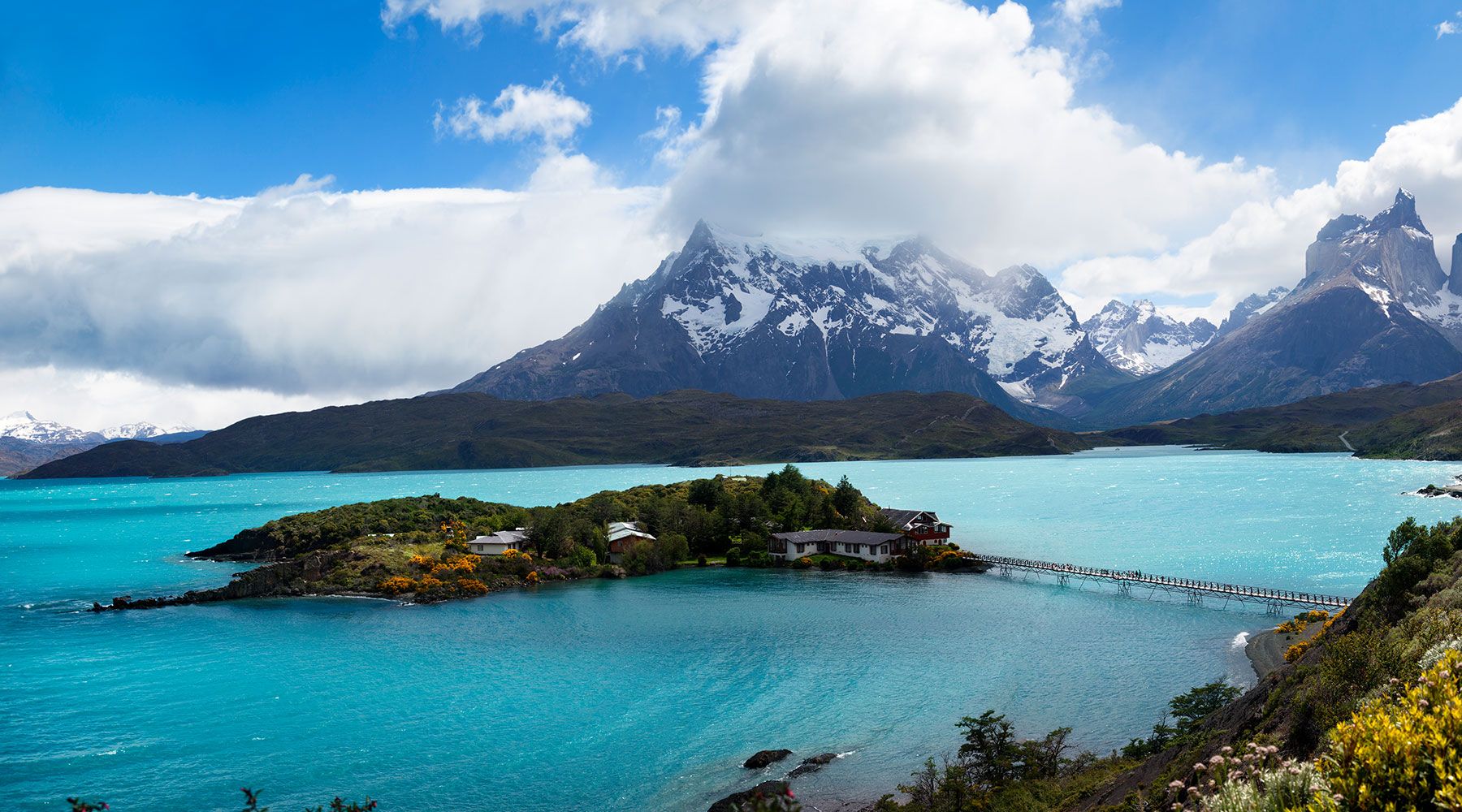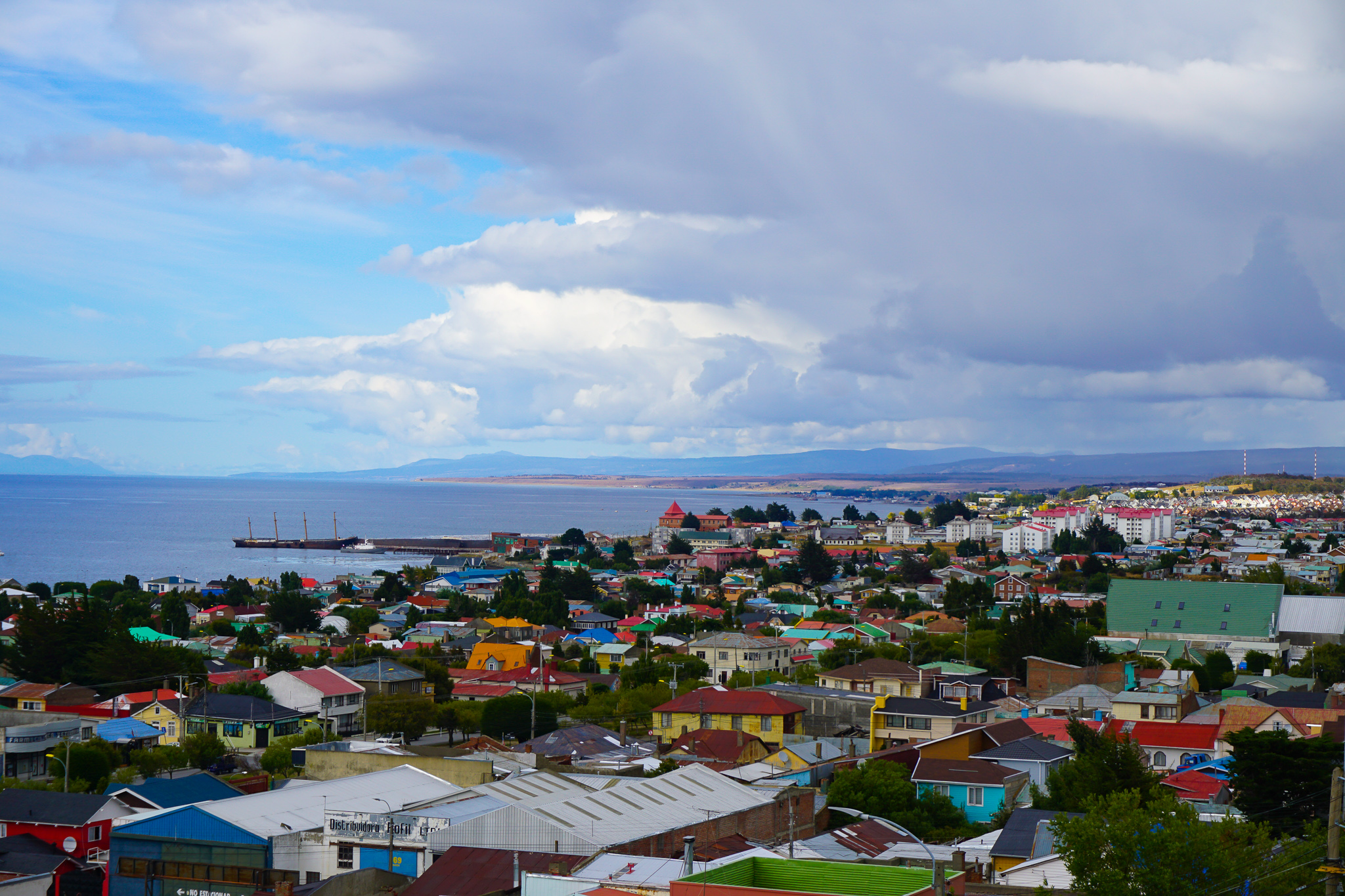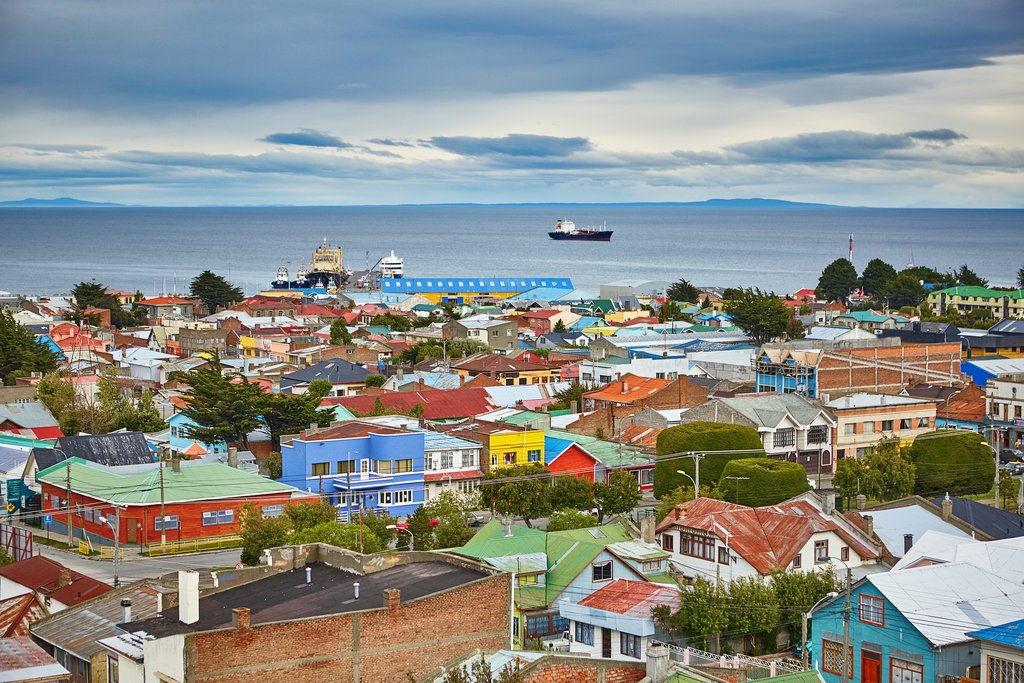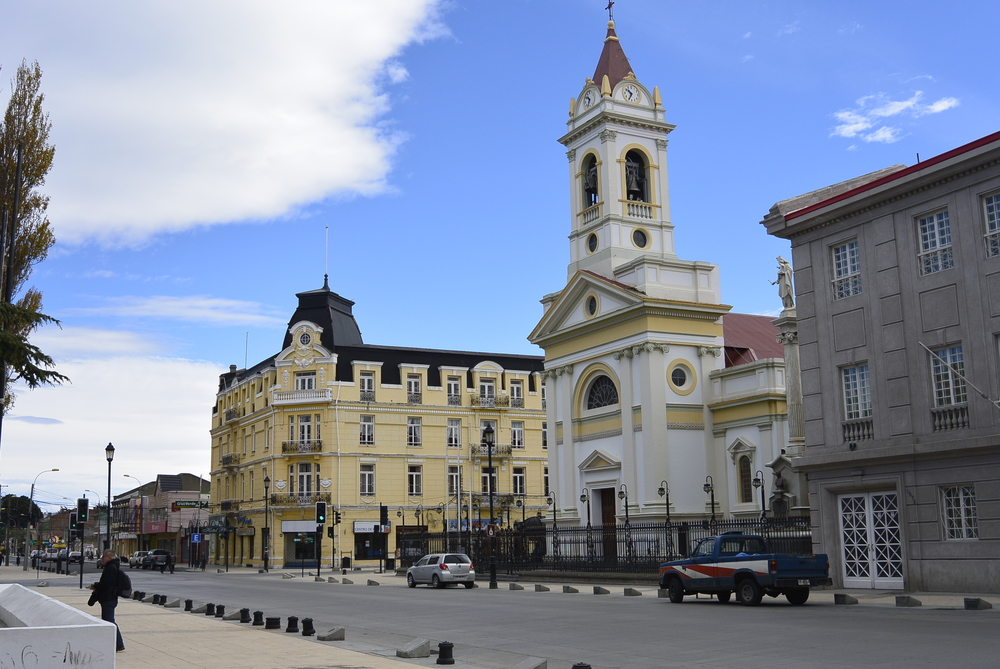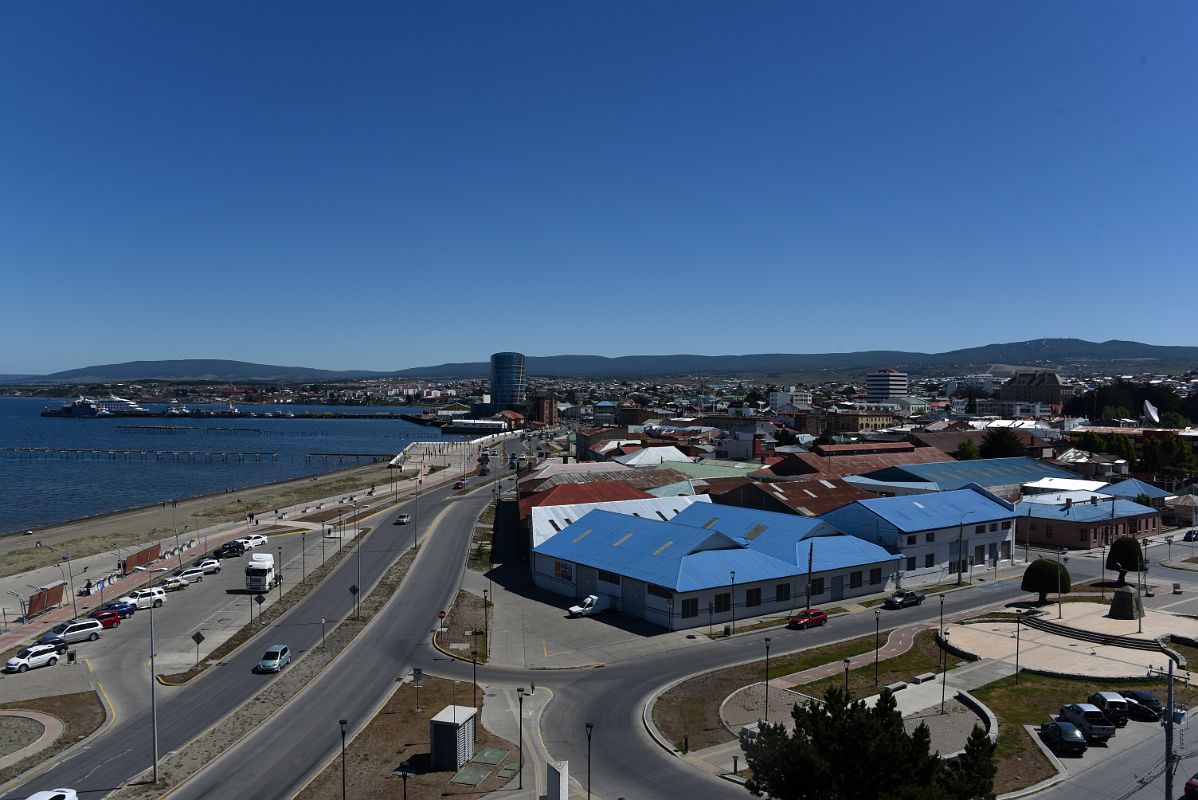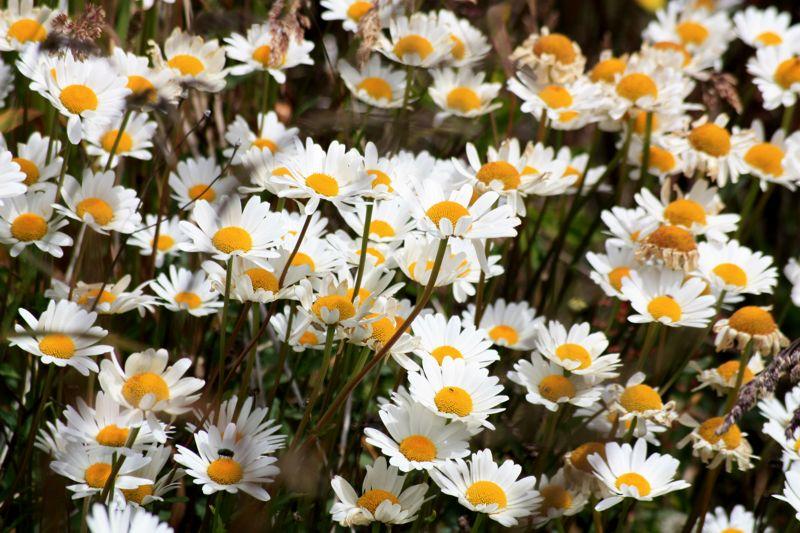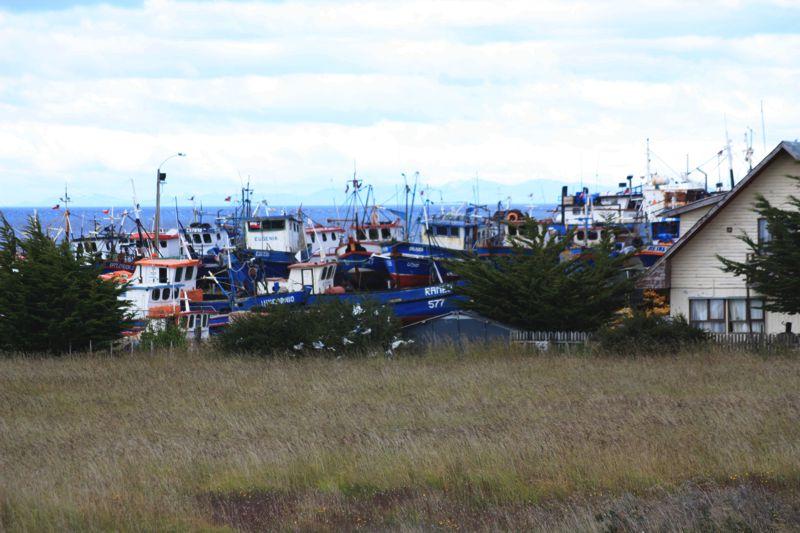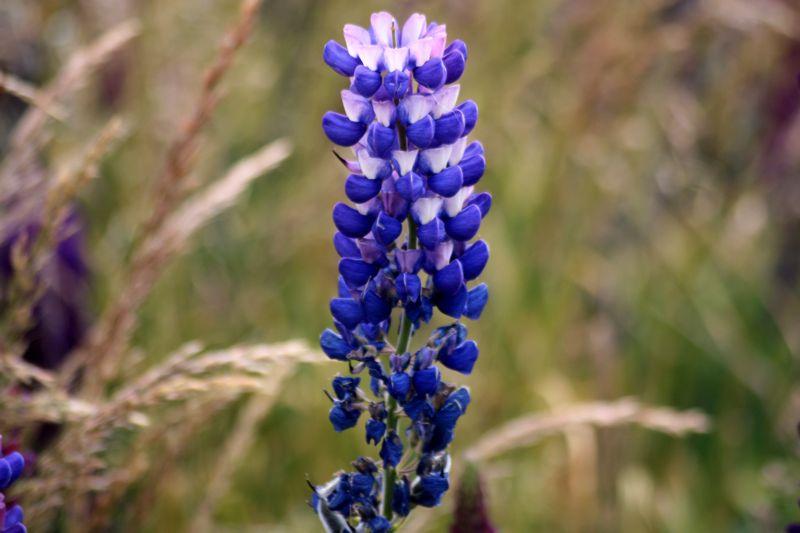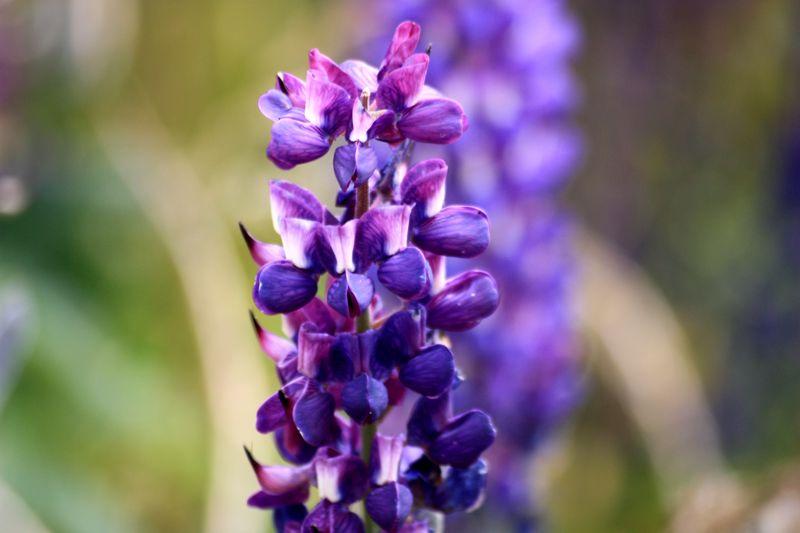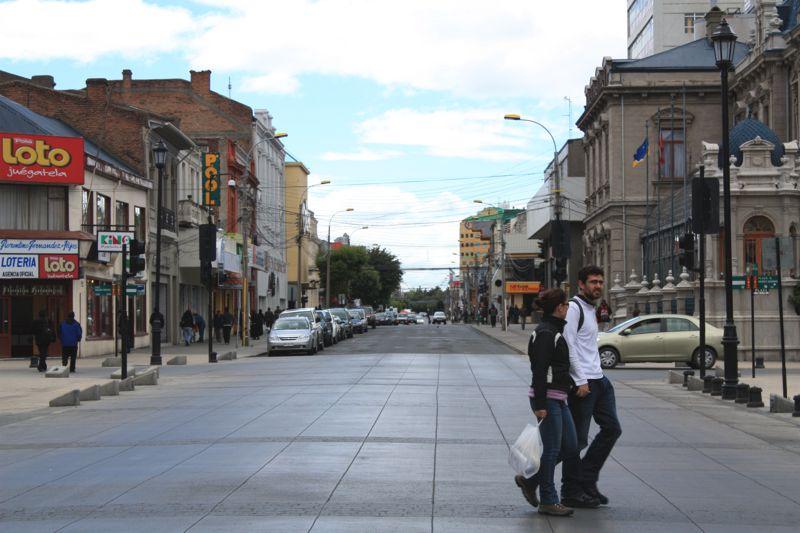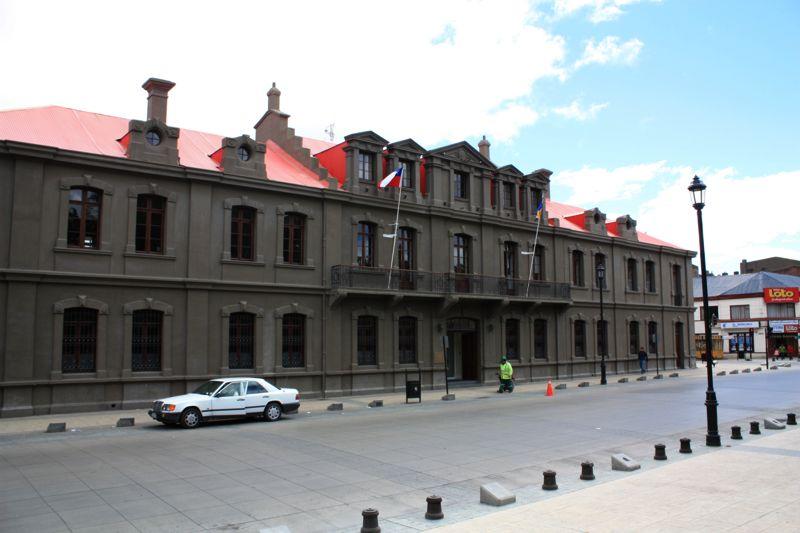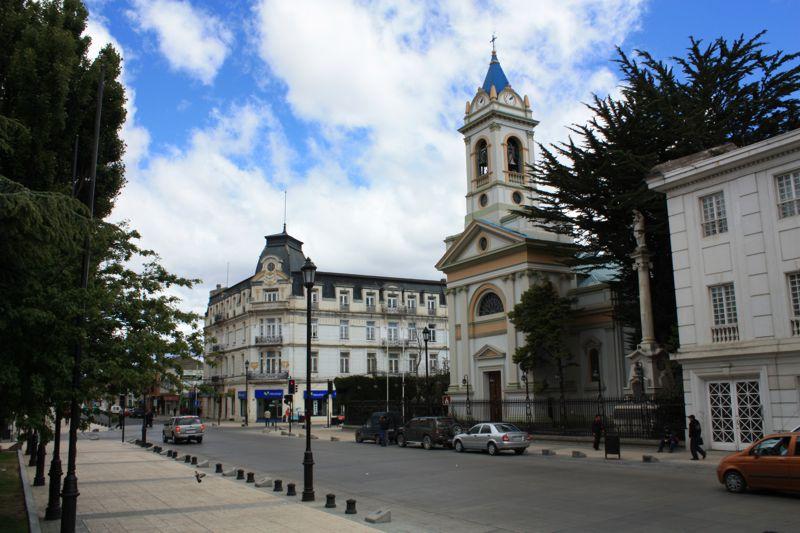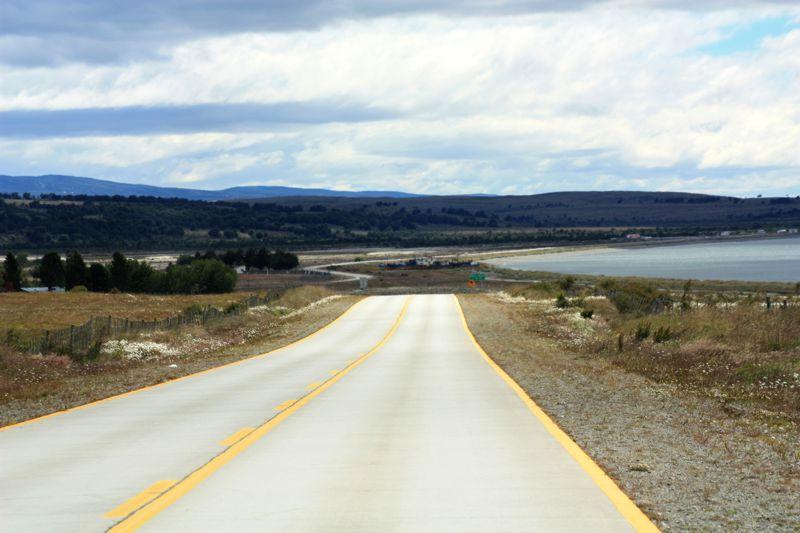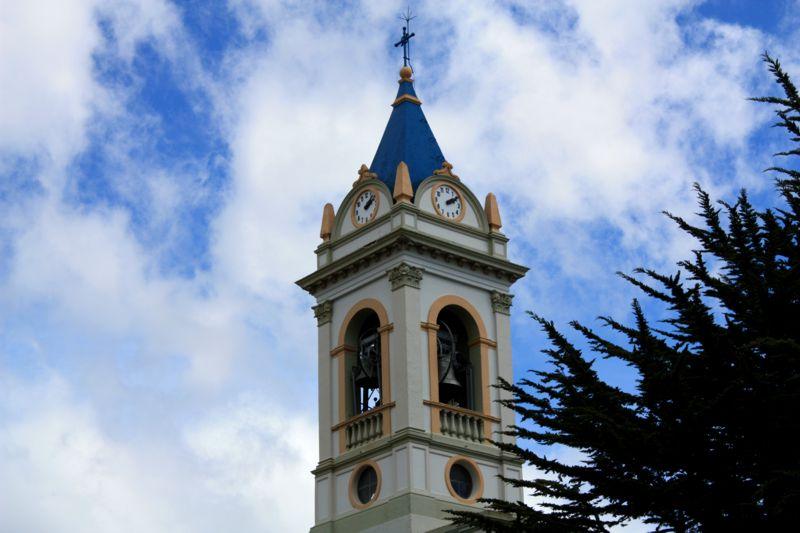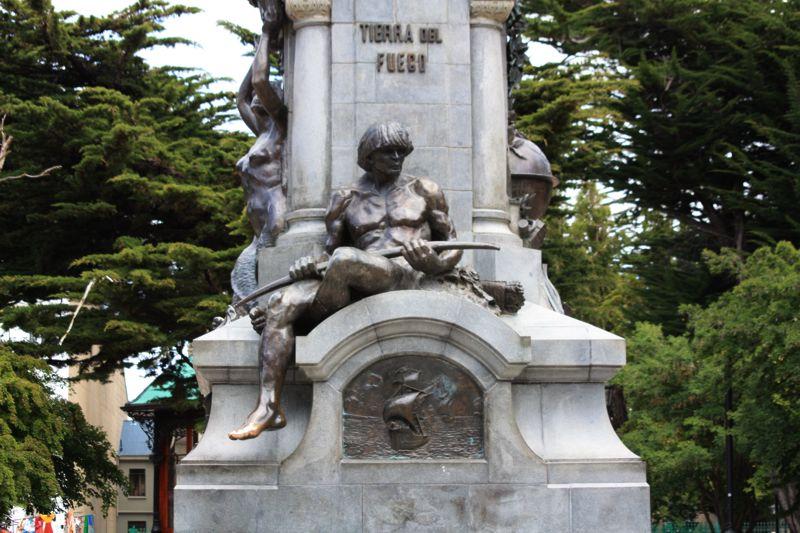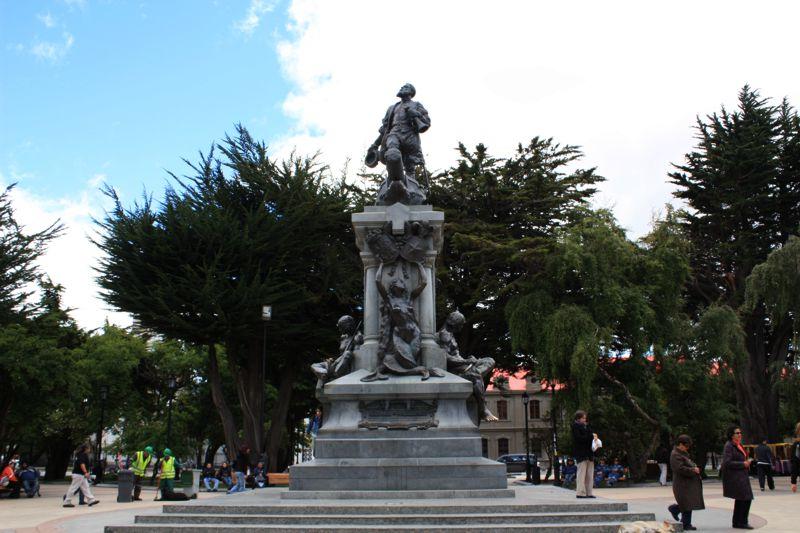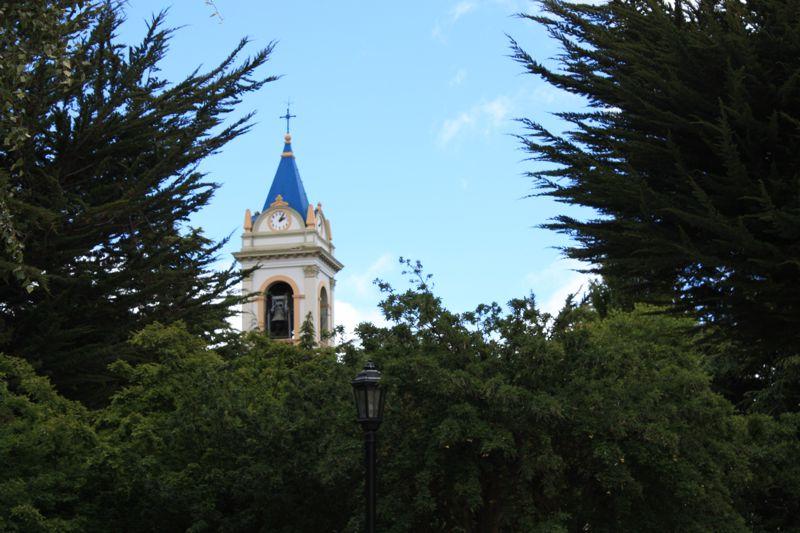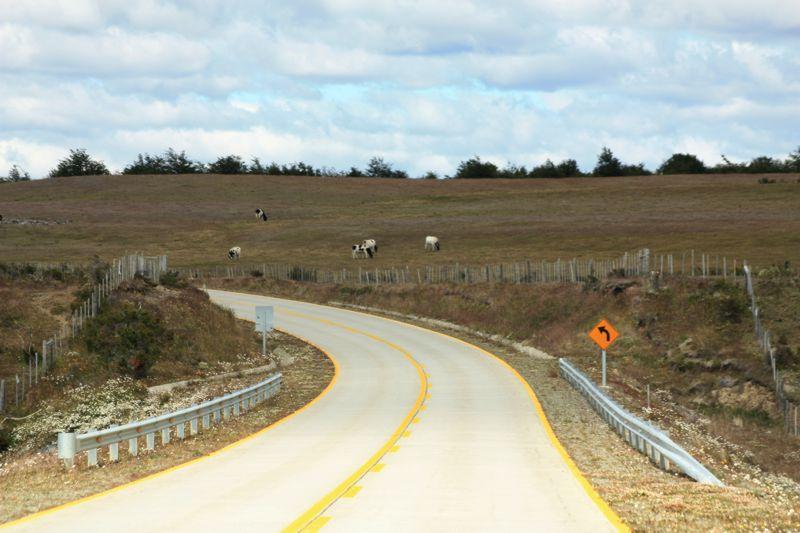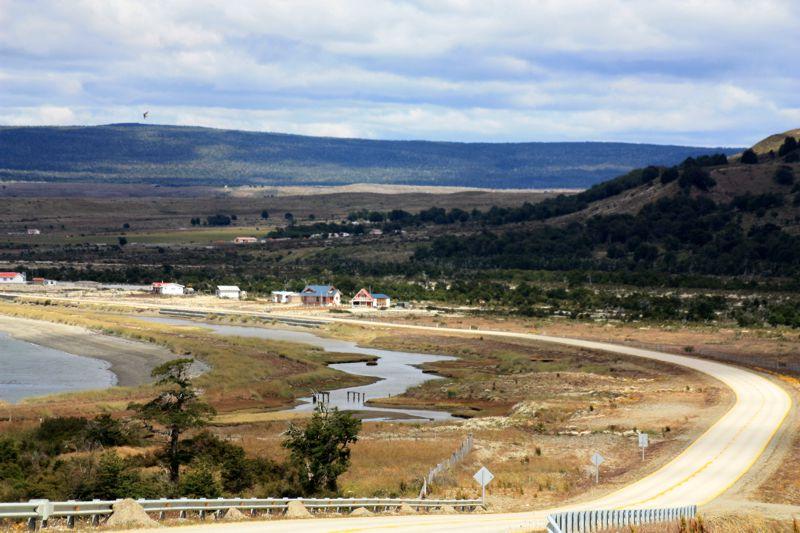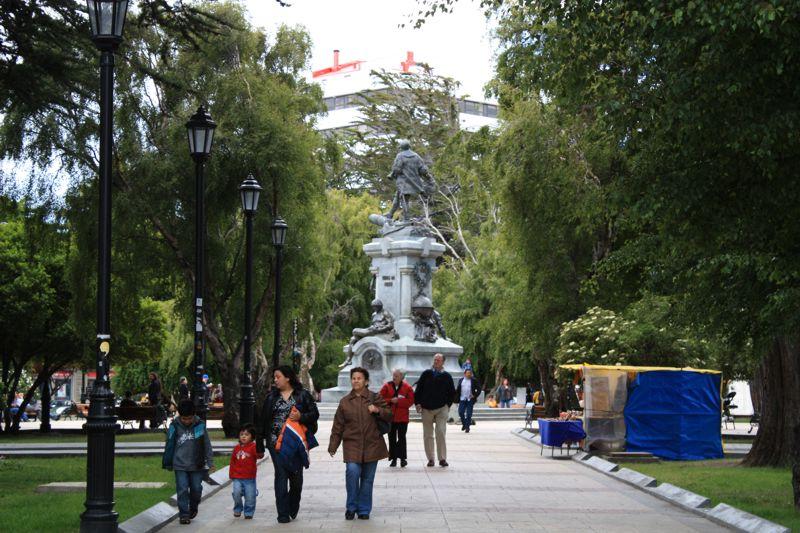Pictures of: Punta Arenas - Chile
Location map
Airports
Hotels and other Accommodation
What to visit
Where to Eat
Where to have fun
Consulates & Embassies
World Nomads
The Travel Insurance with the largest coverage

The Travel Insurance with the largest coverage

Punta Arenas
Punta Arenas is the capital city of the southernmost region of Chile, Magellan and Chilean Antarctica. The city was officially renamed Magallanes in 1927, but in 1938 it changed again to Punta Arenas.
It is the largest city south of the 46th parallel south. From 1977 Punta Arenas was one of only two free ports in Chile.
Located on the northern Brunswick Peninsula of the Strait of Magellan, Punta Arenas was originally created by the Chilean government in 1848 as a small penal colony to assert sovereignty over the Straits. During the remainder of the 1800's, Punta Arenas grew in size and importance due to increased maritime traffic and passenger trade to the west coast of South America and the North. This period of growth also resulted from waves of immigrants attracted by the gold rush, the development of goat cattle, and agriculture in the 1880s and early 1900s.
It is the largest city south of the 46th parallel south. From 1977 Punta Arenas was one of only two free ports in Chile.
Located on the northern Brunswick Peninsula of the Strait of Magellan, Punta Arenas was originally created by the Chilean government in 1848 as a small penal colony to assert sovereignty over the Straits. During the remainder of the 1800's, Punta Arenas grew in size and importance due to increased maritime traffic and passenger trade to the west coast of South America and the North. This period of growth also resulted from waves of immigrants attracted by the gold rush, the development of goat cattle, and agriculture in the 1880s and early 1900s.
Tourism
Among its main attractions, there are museums, the monument to the pastor, the cemetery; historic sites and regional resources, the city theater, the main square, magnificent buildings, and duty free shops, the Strait of Magellan, Cerro de la Cruz, Penguin colonies, forest reserves, Fuerte Bulnes, trekking circuits in the woods , variety of birds, rural tourism, lighthouses and more.
Gastronomy
Like every seaside town, Punta Arenas offers fish and other seafood as the main ingredients of its delicious recipes, such as a variety of exquisite dishes, based on hake, sea bass and conger, abundant fish in the region, as well as oysters and also always tempting, santolas and snails, among others Seafood.
A highly recommended dish is pilpil snails: they are snails cooked in olive oil, garlic and goat's chili pepper. Another option are the Parmesan snails, prepared with cream of butter and Parmesan cheese, and then boiled.
Grilled or fried fish, served with different sauces such as steamed seafood or smoked salmon, are other alternatives not to be missed.
For a change, in Punta Arenas are also exclusive meat dishes, such as roasted lamb or stewed with guanaco or ostrich.
Other regional drinks are those made with calafeta, an original fruit of this region, and also rhubarb.
A highly recommended dish is pilpil snails: they are snails cooked in olive oil, garlic and goat's chili pepper. Another option are the Parmesan snails, prepared with cream of butter and Parmesan cheese, and then boiled.
Grilled or fried fish, served with different sauces such as steamed seafood or smoked salmon, are other alternatives not to be missed.
For a change, in Punta Arenas are also exclusive meat dishes, such as roasted lamb or stewed with guanaco or ostrich.
Other regional drinks are those made with calafeta, an original fruit of this region, and also rhubarb.
Weather
The regions it comprises combine three types of climates, one of them being the cool temperate rainy season without a dry season, with a mean temperature of 8 ° C per year.
The cold esthetical climate and the cold climate of height are also characteristic, the latter with generally solid precipitations and with average annual temperatures of 12ºC and -3ºC.
The average annual temperature is 5.9ºC (42.6ºF).
Total annual rainfall averages 375.7 millimeters (14.8 inches).
The cold esthetical climate and the cold climate of height are also characteristic, the latter with generally solid precipitations and with average annual temperatures of 12ºC and -3ºC.
The average annual temperature is 5.9ºC (42.6ºF).
Total annual rainfall averages 375.7 millimeters (14.8 inches).
Other tourist destinations in:
Chile
Chile
Other world tourist destinations
Why to book with BOOK HOTEL ALGARVE
The best prices
Our partnerships with the world´s largest operators offer research on the best market prices.
More options
At Rotas Turisticos you can book the hotel, buy the air ticket, book the transfer from the airport to the hotel and vice versa, book the local excursions, rent the car, take travel insurance and consult the places to visit and where to go.
Holiday Tips & Destinations
Hundreds of holiday destinations with all the options that allow you to easily choose the destination that best suits your dream vacation.
BOOK HOTEL ALGARVE
Links

